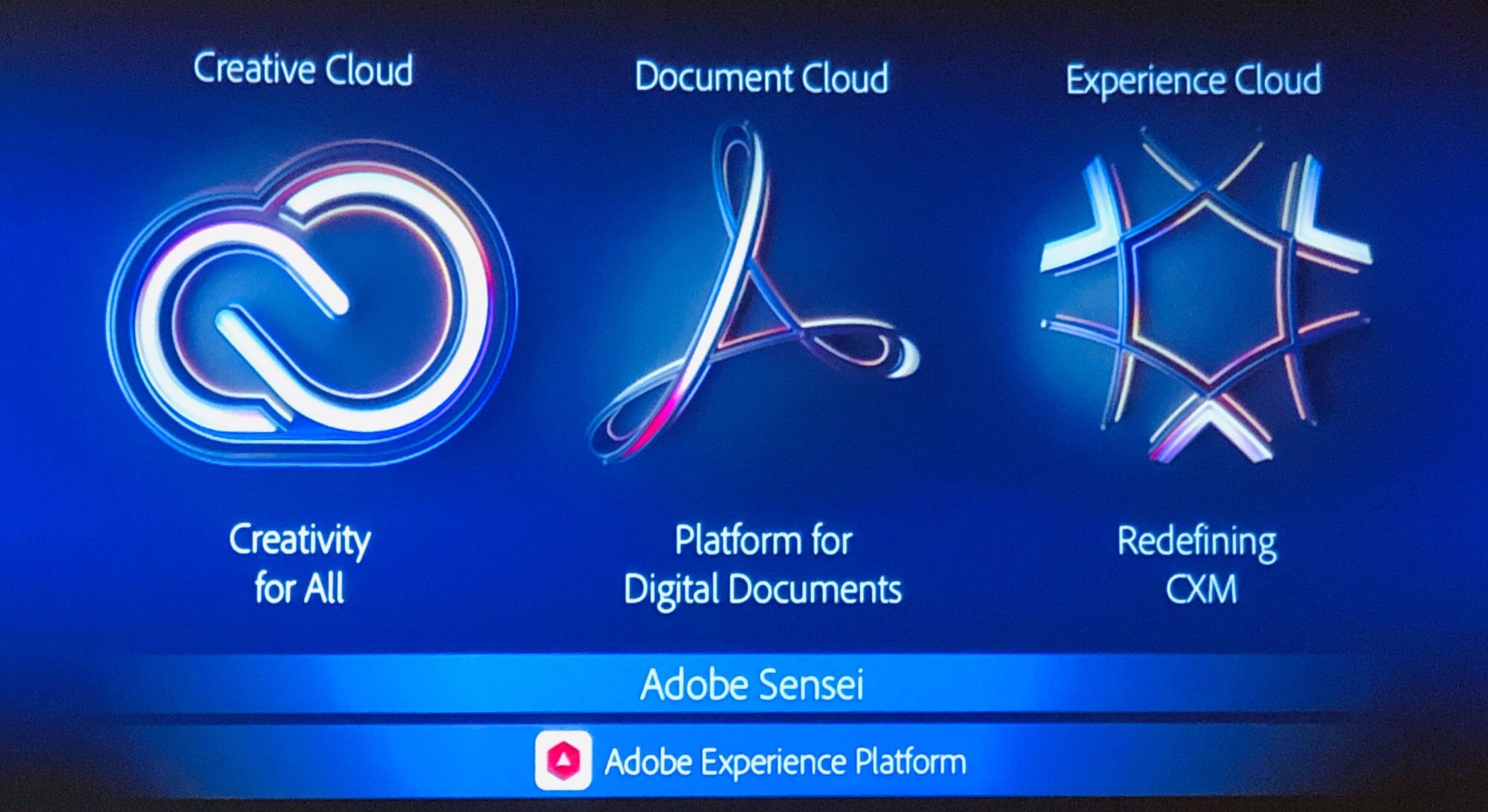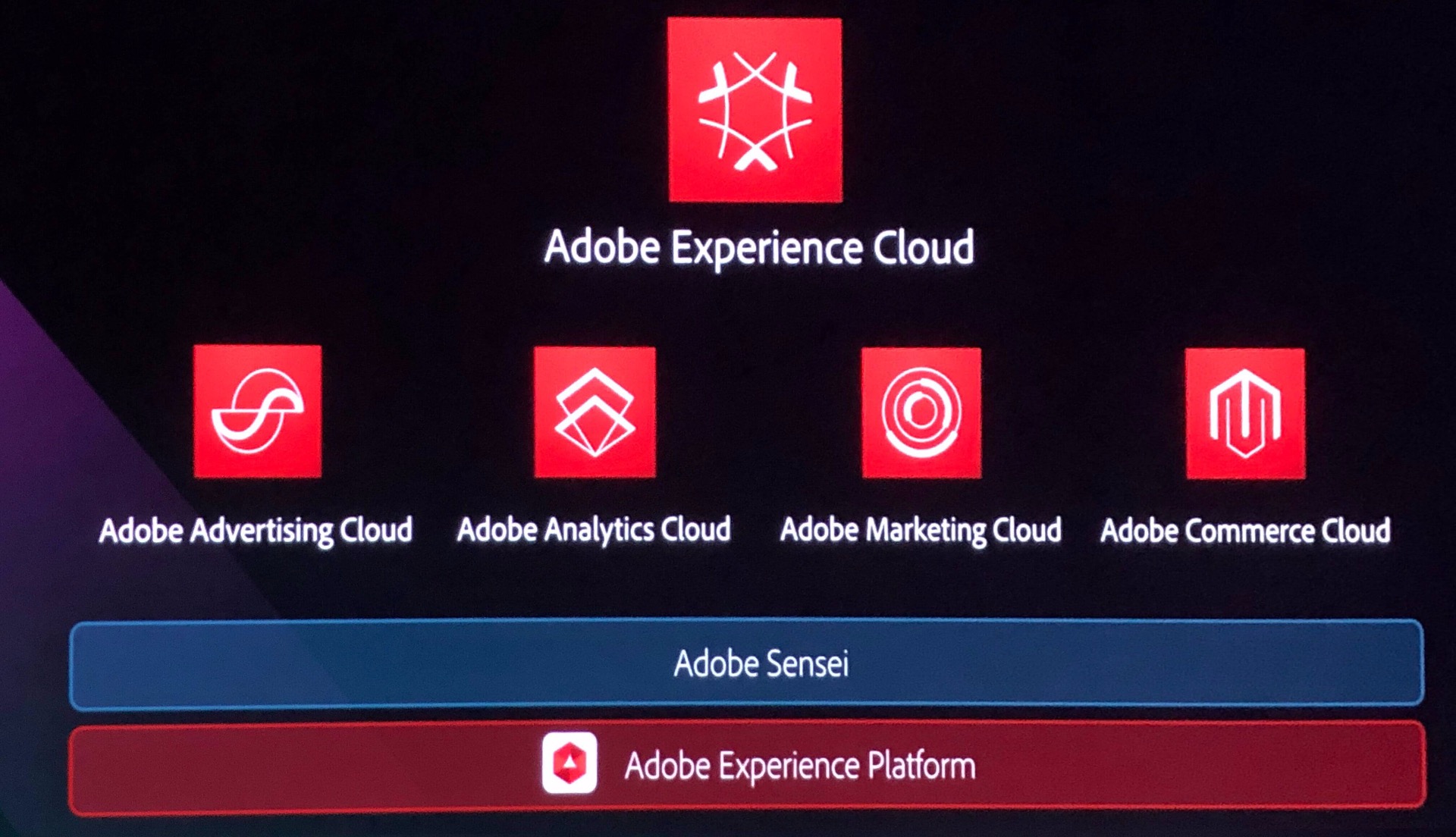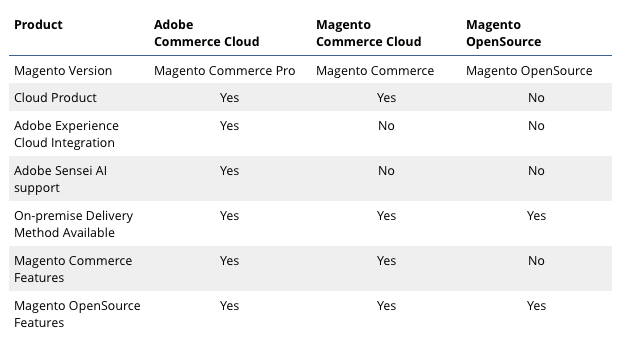The Adobe Summit is the world’s leading Digital Experience Conference and took place at the Venetian Hotel in Las Vegas on March 24th - 28th. This year’s Summit was the largest to date, bringing together over 17,000 engineers, data scientists, marketers, and designers - and over 100,000 streaming the conference online from all across the world.

It was only nine months ago when Adobe completed its acquisition of Magento Commerce. Ever since, many questions have been raised by Magento Solution Partners as well as merchants that nobody could give an answer to:
- How will Magento Commerce integrate with Adobe’s existing product portfolio?
- What will be the future of the Magento platform?
- How is Adobe adding value to Magento?
Getting answers to these questions was reason enough to travel to Las Vegas to attend Adobe Summit this year!
Adobe’s transition to the cloud
To give this recap some context, you have to understand that Adobe successfully transitioned its digital business over the course of the last decade. Looking back, we all knew Adobe from selling publishing and design tools in the form of physical, shrink-wrapped products under a perpetual license - where customers paid once to use the software indefinitely. Today, customers subscribe directly with Adobe to Creative Cloud, the company’s online suite of publishing and design tools - with clear advantages like frequent software updates as well as additional online-only services.
Three cloud categories - One end-to-end digital Experience Platform
In addition, Adobe started acquiring strategic technologies and products to build today’s Adobe Experience Platform, consisting of:
- Creative Cloud
- Document Cloud
- Experience Cloud

Adobe’s latest acquisitions to be integrated into the Experience Cloud are Magento and Marketo.
The following products are part of the Adobe Experience Cloud:
- Adobe Advertising Cloud
- Adobe Analytics Cloud
- Adobe Marketing Cloud
- Adobe Commerce Cloud
Magento is leader for B2B and B2C journeys with a broad range of customers from SMB to Enterprise and will enable experience-driven commerce in Adobe’s Experience Cloud. The new product name is Adobe Commerce Cloud.
Adobe’s vision for Magento: ‚The addition of the Magento Commerce Cloud to the Adobe Experience Cloud will deliver a single, end-to-end digital experience platform including content creation, marketing, advertising, analytics and commerce for B2B and B2C customers. The Magento Platform brings together digital commerce, order management and predictive intelligence to enable shopping experiences that scale for businesses of any size.’
Marketo is a long-standing leader in B2B marketing with features like personalization of complex customer journeys and the ability to connect marketing engagement to revenue attribution.
Adobe’s vision for Marketo: ‚With Adobe’s acquisition of Marketo, customers will benefit from the combination of Adobe Experience Cloud’s analytics, personalization and content capabilities with Marketo’s lead management, account-based marketing and revenue attribution technology, helping companies further connect marketing engagement to revenue growth. Marketo Engagement Platform will become part of Adobe Marketing Cloud, the leader in managing, optimizing and orchestrating cross-channel experiences and campaigns across B2B and B2C use cases in all industries.’

The future of Magento
During the Summit conference, Adobe did not get tired to point out the importance of the Magento developer community and the momentum it is creating for the product. As a result, there will not be a radical change that would put the Magento ecosystem at risk. With the launch of Adobe Commerce Cloud, there will be a new Magento version: Magento Commerce Pro. That version will come with all the integrations for the Adobe Experience Cloud. See the following table for key differentiators:

How Adobe is adding value
In my daily business, I see the majority of merchants struggling in their quest to get to know their customers better in order to deliver a personalized shopping experience. With the Experience Platform, Adobe is now providing a modular powerful and holistic set of tools that can make every moment personal and every experience shoppable.
At Summit, I met Matthew Peters, a Digital Analytics, Personalisation & Optimization Specialist working for National Australia Bank (NAB). NAB has been using the Adobe Experience Cloud to create personalized digital experiences for their customers. Matthew showed me how well the different tools of the Adobe Experience Cloud actually work together and even gave me some insights on how NAB is using digital experiences to sell credit cards. It was amazing to get this customer’s point of view!








